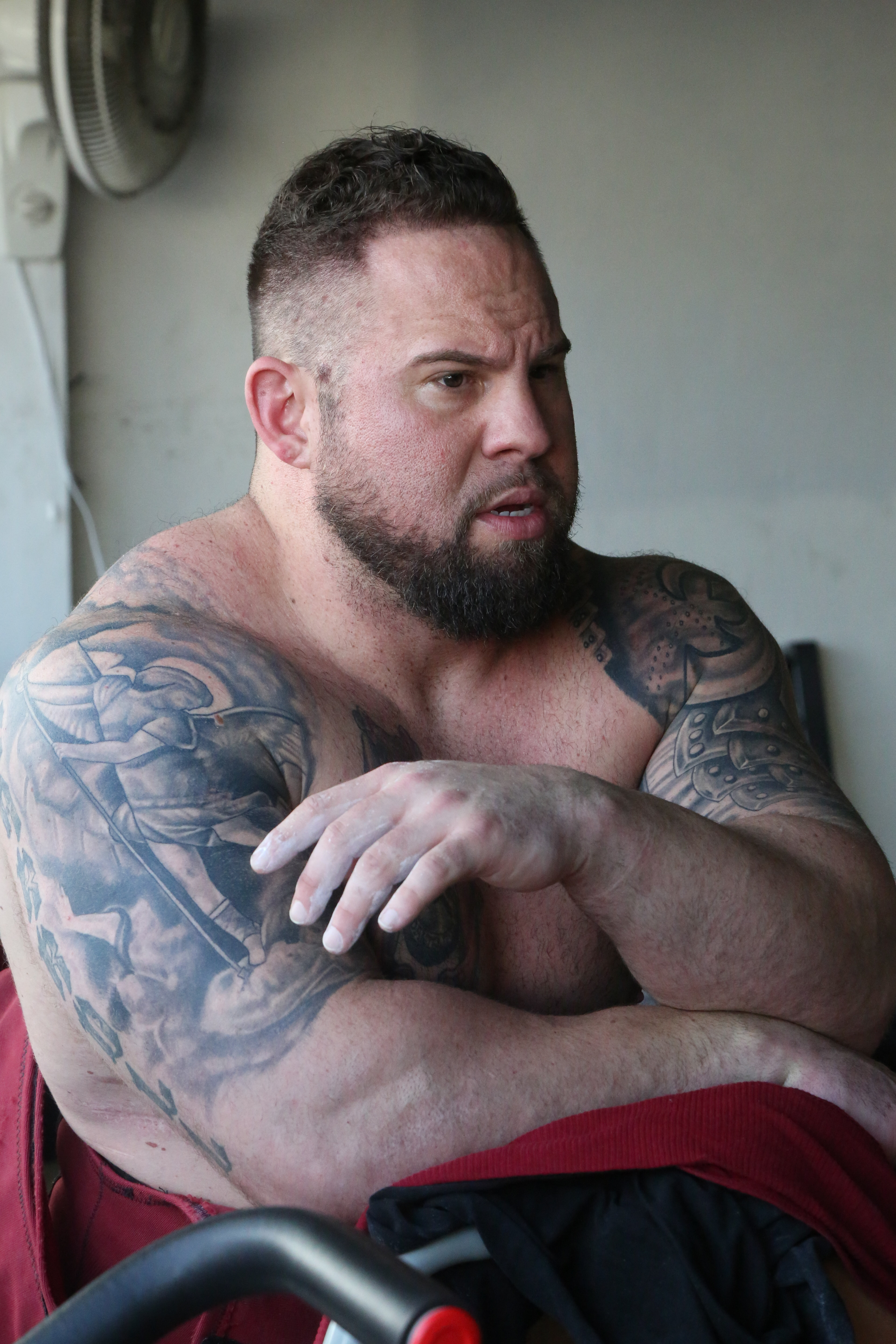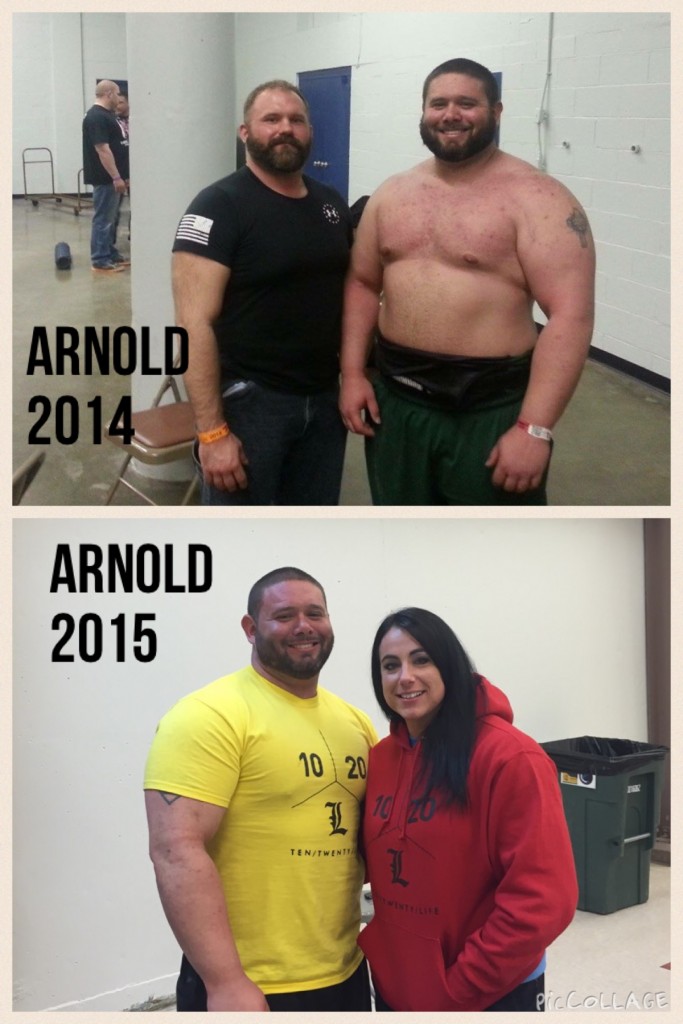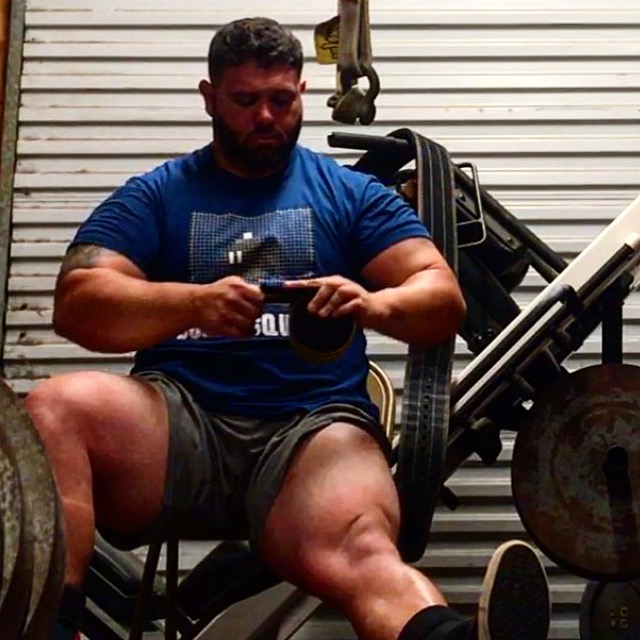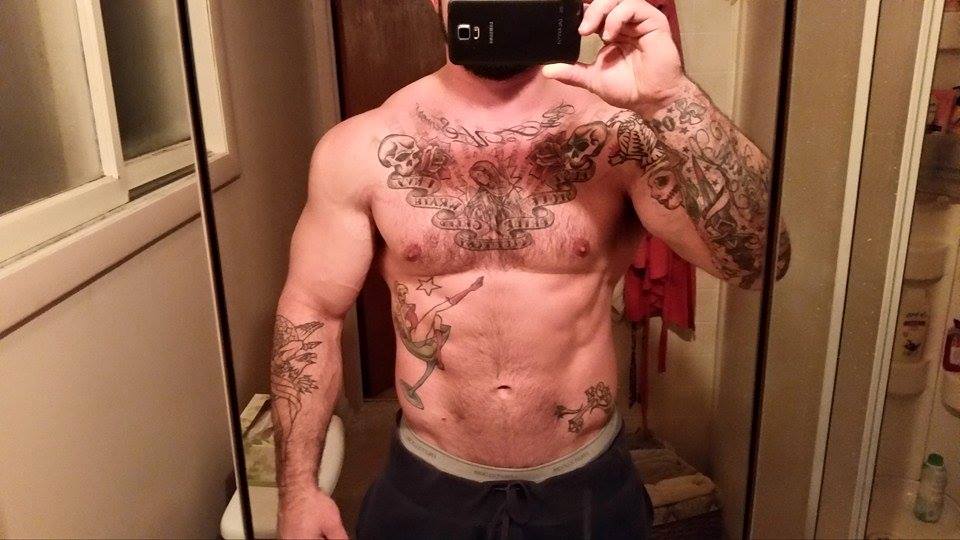
12 Mar Why Having A Baseline Is Important For Progress In Diet, Training & In Life
By: Brian Carroll
I see it all the time; a male/female that trains 10x per week who has only been lifting for a couple years. or some other small fraction of time, and they are already redlining their bodies. I also see the athlete who forces more food at 180lbs than I do at 260+lbs right out of the gate. You ask them how they determined that they should be intaking that much food, and/or why they do what they do, and they have absolutely NO idea as to why they do it. Point blank, one must understand the reason for their ways if they really want to succeed and surpass their goals.
They spend about $300 dollars per week in salmon, chicken, steak and supplements but have only been in the “game” for about a few years. I always think about the things that I hear, and then let it marinate for a while as I wonder why people do what they do.
Have you ever tried asking the guy new to training why he benches 3x per week? It’s typically because he read somewhere that it’s necessary for those who are drug free to train harder and more often than others. WHAT???? How the fuck does this concept make any sense? The somewhat “clean” lifter has to train more often than the one who recovers much better and more efficiently? Please explain to me how recovering less efficiently will allow a clean lifter to train more often and have it be conducive for them? If you listen, you will get the most ridiculous responses from these types of people.
After hearing someone ramble on about their two years worth of “expertise”, my thought process is already asking numerous questions.
- How long did it take them to go from benching 1x per week to 3x per week, in their vast experience?
- How long did it take them to increase their calories from 3,000 per day to over 6,000?
- What was their timetable that they used to determine this increase over two years? For such a short amount of time, this is an exceptionally stout increase!
As one can imagine; I do not suggest this as being the most intelligent, wallet friendly and advantageous approach for a normal lifestyle at all.
There are multiple things that I suggest for those who want to make continuous gains over time. With any athlete or client that I help, it always starts with a baseline; something that is similar to what I’ve found works well for most people…I ask questions. The first thing I will ask is what you currently do for your training and/or diet. These details make all the difference, because if I take over your training/diet, it is crucial to know what you are currently doing and what you have been doing thus far in regards to your training/diet history. Why?
I inquire about this so that I can take everything into account and we can adjust accordingly from there. We would want to do this especially if it’s not working well for you. In most cases, it is not, otherwise you wouldn’t have contacted me. To start, I will typically give them something more middle of the road, which is really just me guessing what might work for them based on the information they provided me and their history. Once we have a couple of weeks under our belt, we can then adjust and move forward.
One example is if someone is trying to increase strength, you wouldn’t add as much as possible to both training volume and diet to see what works, that isn’t the most intelligent route. Always start with the absolute minimum amount of work needed, and then increase when necessary. To quote Buddy Morris, “train as much as needed, not as much as possible”. If you start with offseason work on the squat with a moderate amount of volume and after 5 weeks you feel deconditioned, a lack of progress and slower and/or not as explosive overall, then we would increase volume to about 10% at a time. We would then test that amount of volume for a 5 week block. In my experience, I have found that what I first send my clients will initially work about 70% of the time, without many adjustments needed. Perhaps a few minor tweaks here and there, but that is normal.
It is safe to say that most fall within the bell curve, and this will work for most. This is one of the main reasons why 10/20/Life works, regardless of the goal. Although the comprehensive weak point index and warm-up chart are a huge reason as to exactly why it works. This a product of the way that I have coached and have gone about training for many clients, cycles and meets over the years. There is nothing quite like it around, until someone decides to copy or emulate it
The biggest necessary tweaks that I have found are not so much the main lifts, and once form is locked in and dialed in, the assistance work is where the tweaks need to be formed. For the most part, the main lifts will be the main lifts and aside from the changes in volume and intensity from offseason to precontest, it really stays the same. With 10/20/Life, we make the biggest adjustments with assistance work exercises and volume, not so much the main lifts.
The same goes for my approach on diet. If you are not gaining the weight and/or strength that you desire and your body weight remains stagnant, then we will add in more carbs. However, we will do this after the baseline is established, which is the starting point in which we expand from.
Protein. I don’t buy into the 1 zillion grams of protein a day. Do you know how many I currently eat per day?? I eat about 250-300g at the very most. Fat is under 100g per day in most cases and carbs are between 150g and 500g a day, some days maybe around 200g. I weigh about 260 in the morning and stay relatively lean. For those who aren’t gaining weight but need to, I’ll keep their protein and fats about the same, then add more carbs to their off training days and after they train to start.
I would suggest to maybe add in about 10% more carbs to start per day or so. Yet again, it really depends on so many factors. I don’t ever see a need to eat 500+ grams of protein per day. I just don’t and never have advocated or even considered trying this. However, this is all debatable.
In my experience; the key to the adjustments is carbs to gain and carbs to lose, which basically runs parallel to my beliefs programming. For example, your assistance work, is what you experiment with to make the biggest gains. Your baseline of protein and fats will not move around too much in most cases, just like your main lifts. When lowering carbs; if the client is getting softer, not losing fat and/or in some cases getting fatter, we would have to adjust. I’ll increase the fats a little bit, as well as increase the protein slightly, an focus on the lower carb days on non-training days to start.
What you don’t want to do is just go from 500 grams of carbs per day, then take away 450g and be down to 50g. That is a HUGE decrease and probably unnecessary for progress that can be charted, in most cases. How do you know that decreasing to 300-400g of carbs wouldn’t work fine while the person can still enjoy carbs, have a normal/non-restrictive life and still make progress without having to feel super hungry all the time? That is not to say that they won’t ever be hungry from time to time while dieting, however, why suffer if it isn’t necessary? Of course hormones can play a huge role in this also, unfortunately diet isn’t so black and white. This is especially true for someone who has a thyroid issue. However, I am not an MD and will not even go further into detail there as I’m not an expert on diet either. I just know what works, not necessarily all the scientific ins and outs.
However, I do know how to get someone strong, lean and jacked. You don’t need to be an MD to understand the basics and that is what I’m sharing today.
Do you see the commonality between having that “baseline” with training and diet now? If you are constantly jumping around, go from 0-100 right away and/or never have a true gauge or grip on what works for you and the adjustments necessary; you will always be guessing at what is optimal for your needs. It is important to start with the least amount necessary, but still an effective range, and then add more when needed.
I’m going to go rogue here for a minute.
The same ideal applies to special supplements. The wise will start with a very small (minimal) dose and one supplement at time. This is really some basic ass shit, but needs to be said nonetheless. If you have no baseline with supplements then you will truly never know what works for you, what makes you feel like crap, what helps you get lean, bull strong and what makes you an intolerable prick and so on.
For example – instead of using A for 10 weeks to see how I respond and react, I’m going to use A, B, C and D and make tons of progress! WHY??? You will NEVER know what works and what doesn’t! Also, why waste the money and risk your health?
A few tips to avoiding being an overzealous dumbass:
- Less is more in most cases. With food, supplementation and training – quality and timing over quantity.
- Start with middle “baseline” of the road with diet, supplements and training. Then after a few weeks, adjust, but adjust one thing at a time.
- Just because you aren’t seeing results in your endeavors – don’t double everything to see results, i.e. your volume and intensity. The same applies to diet; don’t double your macros when a diet is not yet optimal. Don’t be stupid and impatient.
- You do not need 2 grams of protein per pound of bodyweight minimum crap. I would suggest starting with 1g per pound of bodyweight and then going from there. Need a little more? Add about 10% at a time.
- If training and diet is not 100% optimal and efficient after a significant of time; try altering one at a time, make the adjustments small and give it time. When or if something else is needed, add or take away and then let it run its course. Do not change multiple factors at once, you’ll never determine what pieces work and which ones don’t.
- Have patience in everything you do. Sounds cliché right? Most people will not fail simply due to being physically unable to overcome when things become difficult. Ironically, in many cases, it’s due to not having the mental fortitude to do things right. Sometimes starting over, making the hard adjustments needed and overall lack of patience for the long run are factors that many can’t handle.
- Do not blindly follow what your favorite athlete or lifter advocates in his diet or supplement protocol. Eating 10lb of catfish per day, 3 loaves of bread, as many sticks as your body can handle and more oral shit than a working girl at an infamous I-95 truck stop is NOT ideal for you to start, much less follow or even end up eventually.
- Don’t be a program hopper. From diet to diet, from program to program, to coach to coach…. YUCK. Do you know that the common denominator is? YOU! YOU’RE the one in need of a change, not your stupid diet or program.
As with anything else, it takes time to know what works best for you. Years, not months! As always I’m giving you the tools to decide on your own what is best for you. There are really no YES or NO answers to this stuff. It all really depends and might/could work.
This is all a process; take your time and do things right. Align yourself with people who know more than you and LEARN. That’s what it’s all about.
Brian Carroll
Latest posts by Brian Carroll (see all)
- Brian Carroll Coaches the Birddog - April 24, 2024
- Protected: -Header Image Post Template 2024 - April 18, 2024
- Brian Carroll X Professor Stu McGill full interview 2024 - April 16, 2024











Sorry, the comment form is closed at this time.